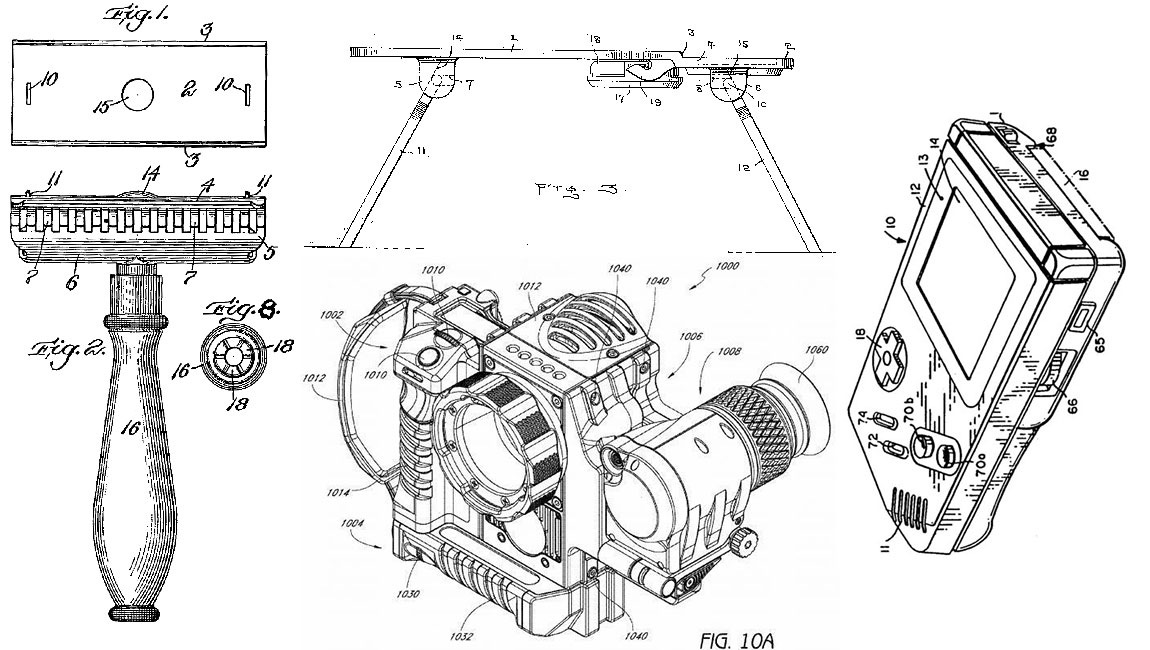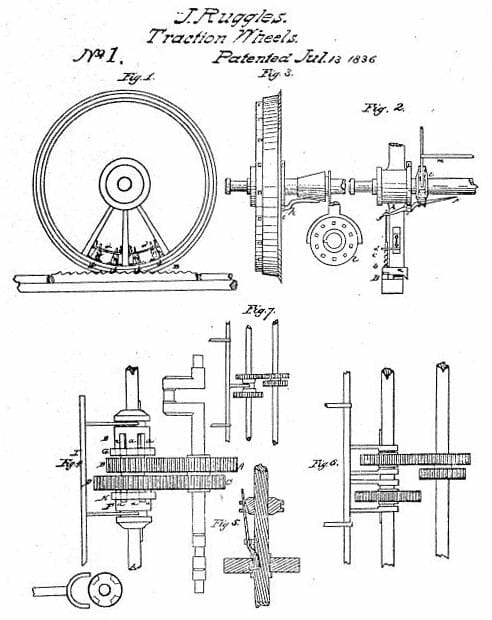Filing a patent application involves providing the USPTO with a variety of descriptive information about the invention, including an abstract, specification, list of claims, and other key information that allows a patent examiner to determine whether your invention is patentable, and if so, the bounds of that protected intellectual property.
Some of the most important required elements of a patent application are the drawings. Every patent—even those covering processes and other non-manufactured items—must feature drawings which depict all aspects of the invention that are described in the included claims.
As we’ve talked about in a previous installment of Common Patent Mistakes, successful patent applications must utilize the right terminology. Patents have their own special language that must be wielded skillfully in order to stand up to the scrutiny of patent examiners and skeptical judges. The same is true of drawings.
To ensure that you have properly prepared your patent drawings, which are critical to the success of any patent application, contact the Law Office of Michael O’Brien by calling (916) 760-8265, or sending us a message using our contact form.
But, you may be wondering, are patent drawings really that big of a deal?
The USPTO has long implemented strict guidelines for the formatting of patent drawings.
The US Patent Office has requirements for drawings which are stringently enforced. Everything from the size and type of paper, what words can be included for clarification, the size of lettering, the color of the ink used, and more.
However, this only scratches the surface of what distinguishes an appropriate patent drawing from an inappropriate one. To get a sense of how well established this format is, here are a few examples of drawings included with past patent applications.

While there have been some stylistic shifts in the lettering (and the most recent example was clearly produced in a computer application), and the most recent diagram dispenses with the use of optional shading to give a better sense of contouring, each of these four diagrams is equally comprehensible to a modern day patent examiner. The visual language of patent diagrams has long been standardized to ensure consistency in the historical record of patents. This is both integral to protecting current patents, while allowing patent searches to better ascertain a patent application infringes upon a previously issued patent.
To give a sense of just how consistent the style and formatting of patent drawings is, consider the example below.

This is a diagram from a patent granted to U.S. Senator John for “traction wheels,” designed to provide trains with better grip in poor conditions. Note that while the writing is of an older style, and the figures are clearly hand-drawn, that the basic characteristics of the drawings are in line with those of modern drawings: clean strong lines, use of shading to show curvature, and the still standard use of crosshatching when showing a cross section, as seen in Figure 5.
Consider all of this, and then realize that this is Patent No. 1, granted on July 13, 1836, more than 180 years ago. (Prior to that time, the Secretary of State had been responsible for issuing patents, which were not assigned numbers. In 1836, the newly formed Patent Office implemented a variety of recordkeeping improvements, including the patent numbering system we know today. Ruggles’ patent was the first patent to be granted under the new rules).
Many self-filing inventors make critical errors with their patent drawings.
This consistency across 180 years of patent history should begin to give the reader an idea of just how strongly the patent system regulates the consistency of patent drawings, and inversely, how harshly it punishes deviations from these guidelines.
But, in my many years of serve as a patent attorney, and the hundreds of self-prepared patent applications I have reviewed in that time, I have seen an inventor provide appropriate drawings exactly once. Every other example in one or more ways deviated from the 28 or so pages of requirements that the USPTO sets forth for patent drawings.
Bear in mind, it’s not necessary to pay for the services of a patent attorney in order to obtain proper drawings. A quick Google search for “patent illustrators” or “patent illustration services” will yield many options to choose from, some of them being very inexpensive. But be sure to take the time to do your due diligence.
What does make a patent attorney a useful resource when it comes to patent drawings is that we know exactly what needs to be depicted and how, and whether or not a drawing meets these standards. Submitting proper illustrations is absolutely critical. If you learn after filing your application that the drawings you have attached are likely insufficient, you can’t correct the error in the prosecution stage. You will have to file an entirely new application, with satisfactory drawings attached.
If you would like guidance in preparing your patent drawings and your patent application as a whole, the Law Office of Michael O’Brien can help. To learn more, contact us by calling (916) 760-8265, or sending us a message using our contact form.
